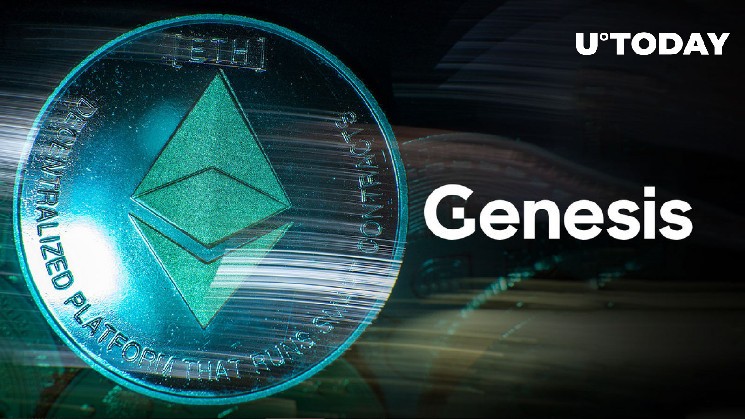Five New Ethereum Updates Will Change Ethereum Virtual Machine as We Know It: Details

Ethereum saw a variety of updates since 2017, gaining new critical functions that are ensuring the future growth and prosperity of the project. However, the cryptocurrency’s core features revolve around the Ethereum Virtual Machine that allows for building the decentralized solutions and assets that the whole industry is using today.
The series of updates starts with EIP-3450: EOF v1. With the improvement proposal, EVM will be able to interpret EOF contracts differently than legacy contracts. However, the update will not include direct interaction with a new form of the contract.
Ethereum has recently seen substantial changes, such as the move to PoS & EIP-1559. However, the EVM looks mostly the same.
This may finally change with the Ethereum Object Format (EOF), which is likely going into Shanghai. It will be the EVM’s biggest change since genesis. pic.twitter.com/kb22C2Vdpc
— ً (@lightclients) November 17, 2022
EIP-3670 will be the first update that uses the EOF container. It will validate certain properties used in contracts. Validating the contract creation process allows code versioning without additional version fields in the accounts. Versioning is a tool for introducing or deprecating features.
Later on, a new control operation will be added that will decrease costs of functions for code location, generally decreasing processing times and optimizing the way EVM interacts with a container.
Generally, the series of updates is expected to improve the performance of interpreter-based EVMs and make the EVM more compliant for future improvements.
Even though it is just the beginning of EOF, the updated version of the Ethereum Virtual Machine might become a foundation for a potential breakthrough for the Ethereum ecosystem in the future.
At this time, the outdated EVM is a part of the scalability problem that pushes Ethereum back in terms of massive adoption. Developers expect an improvement of the working experience with L2s that are not perfectly EVM-compatible at this time.
Potentially, we will see a reserved L2 version of the EVM Object Forman in the form of an experiment while providing the L1 EVM version with an identical set of semantics.






 Bitcoin
Bitcoin  Ethereum
Ethereum  Tether
Tether  USDC
USDC  TRON
TRON  Dogecoin
Dogecoin  Cardano
Cardano  Bitcoin Cash
Bitcoin Cash  Chainlink
Chainlink  LEO Token
LEO Token  Stellar
Stellar  Monero
Monero  Zcash
Zcash  Litecoin
Litecoin  Hedera
Hedera  Dai
Dai  Cronos
Cronos  OKB
OKB  Tether Gold
Tether Gold  Ethereum Classic
Ethereum Classic  KuCoin
KuCoin  Gate
Gate  Algorand
Algorand  Cosmos Hub
Cosmos Hub  VeChain
VeChain  Dash
Dash  Tezos
Tezos  Stacks
Stacks  TrueUSD
TrueUSD  IOTA
IOTA  Basic Attention
Basic Attention  Decred
Decred  Theta Network
Theta Network  NEO
NEO  Synthetix
Synthetix  Qtum
Qtum  Ravencoin
Ravencoin  0x Protocol
0x Protocol  DigiByte
DigiByte  Zilliqa
Zilliqa  Nano
Nano  Numeraire
Numeraire  Siacoin
Siacoin  Waves
Waves  Ontology
Ontology  Enjin Coin
Enjin Coin  Status
Status  BUSD
BUSD  Pax Dollar
Pax Dollar  Hive
Hive  Lisk
Lisk  Steem
Steem  Huobi
Huobi  NEM
NEM  OMG Network
OMG Network  Augur
Augur  Bitcoin Gold
Bitcoin Gold  Ren
Ren  Bitcoin Diamond
Bitcoin Diamond